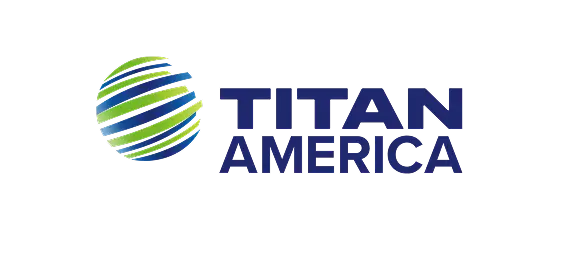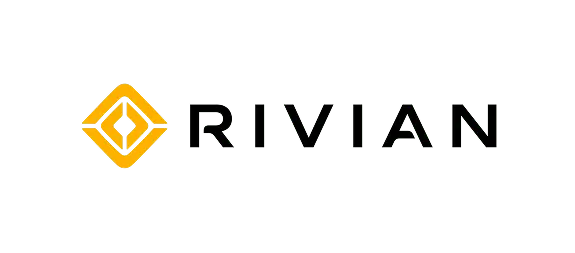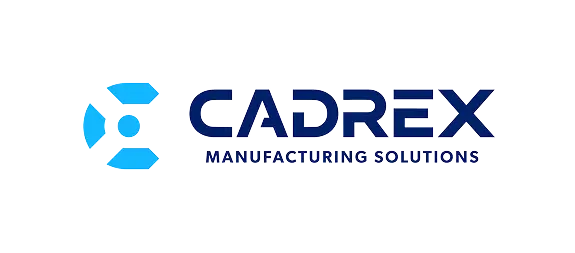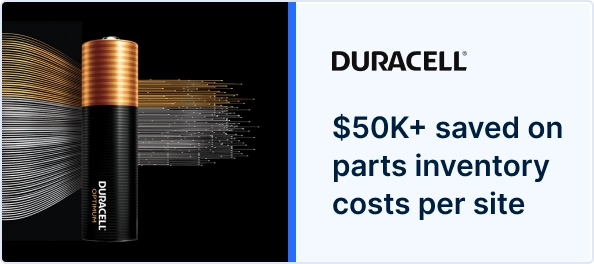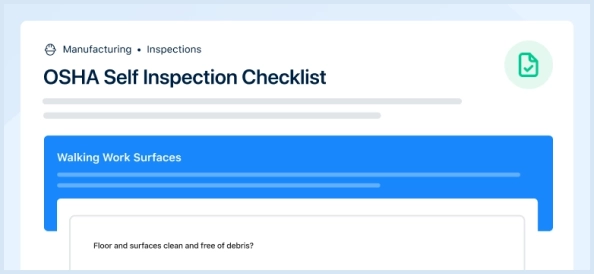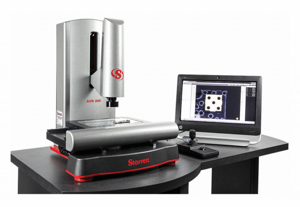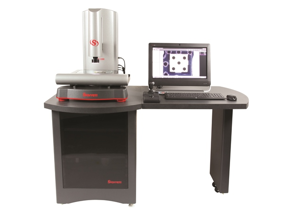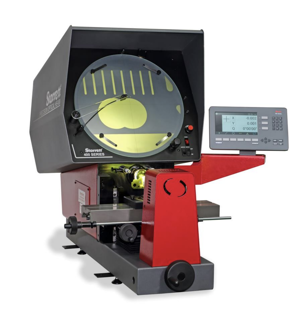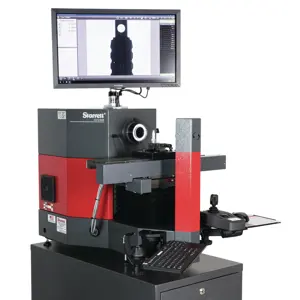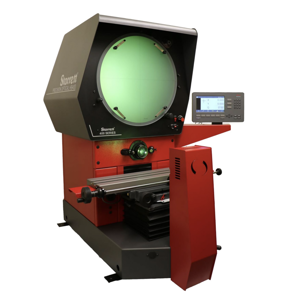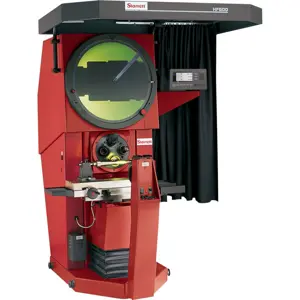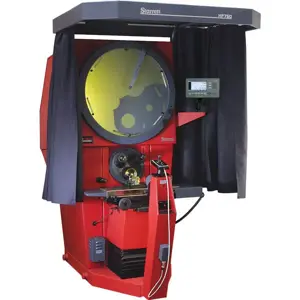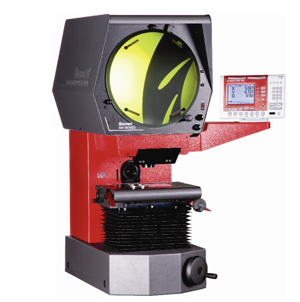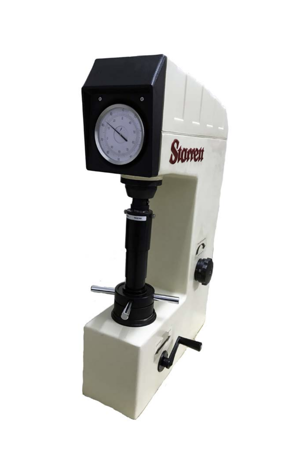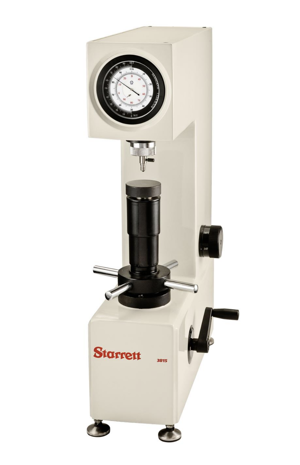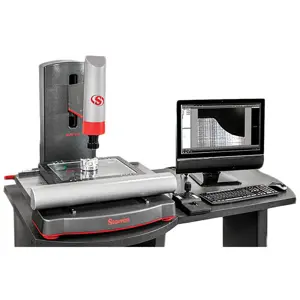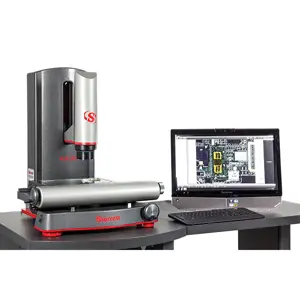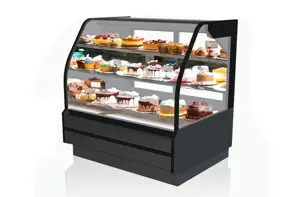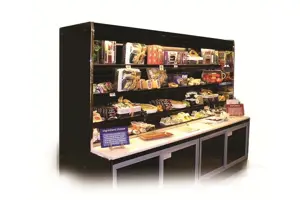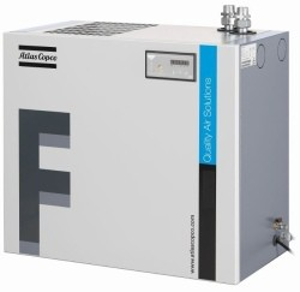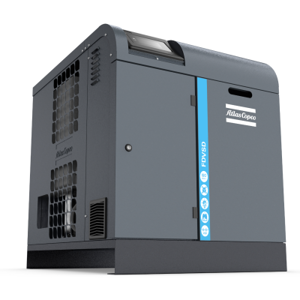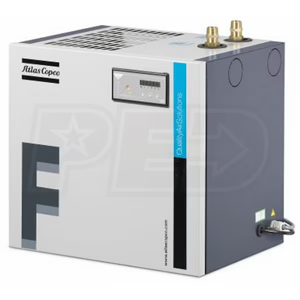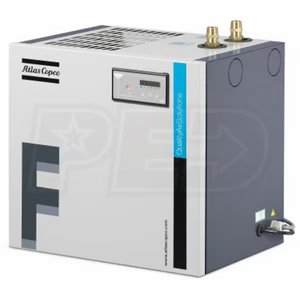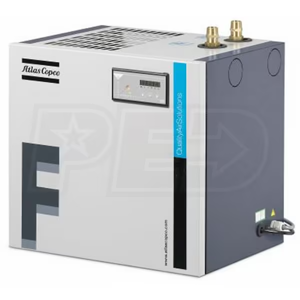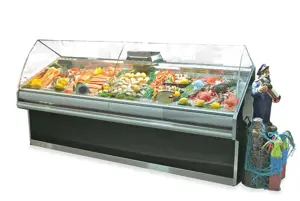

The Starrett Vision Metrology System AV350 is a precision measurement tool designed for high-accuracy inspections in industrial applications. This advanced system integrates optical and software technologies to deliver reliable measurement results, ensuring quality control and compliance in manufacturing processes.
Turn manuals into instant answers
with your AI-powered assistantTurn manuals into instant answers
with your AI-powered assistant
Manual for Starrett Vision Metrology System AV350
Complete asset maintenance, one click away
Get instant access to all the maintenance information you need. Empower technicians to perform preventive maintenance with asset packages, ready to use right out of the box.
Documents & Manuals
Find all the essential guides in one place.
Tensioning Guide
Belt-diagram
C-120 pulleys
+ 13 more
Work Order Templates
Pre-built workflows to keep your asset running smoothly.
Daily Electrical System Inspection
Replace Roller and Pulley
Install Engine B-120
+ 29 more
Procedures
Integrate maintenance plans directly into your work orders.
Motion Industries
Applied Industrial Technologies
Electrical Brothers
+ 5 more
Parts
Access the parts list for your equipment in MaintainX.
Drive Motor
B2 Rollers
Tensioning System
+ 40 more

Starrett Vision Metrology System AV350
Create an account to install this asset package.
Maintenance Plans for Starrett Vision Metrology System Model AV350
Integrate maintenance plans directly into your work orders in MaintainX.
Vision Metrology System Cleaning
• To the degree possible, the system should be kept in a clean environment, away from dirt, dust, oil and debris which could affect system performance or degrade the system’s mechanical and electronic parts. If a clean environment is not available, the machine should be kept as clean and protected as is possible.
• In harsh environments, preventive maintenance and factory service should be scheduled more frequently to keep the system in top working order.
WARNING: Never pour fluid on the system when cleaning. Do not over-wet cleaning cloth. Excessive moisture can seep into mechanical or electrical parts, damage the equipment and possibly cause an electrical short circuit and physical injury. As a precaution, unplug the system if needed before cleaning the system. Always unplug the system before using any flammable cleaning fluid.
1. Cleaning External Surfaces
• Wipe down with a clean, lint-free cloth moistened (not wet) with plain water or Simple Green®.
• Never wipe down with acetone or other harsh solvents, which may damage painted or plastic surfaces. Isopropyl alcohol may be used to clean surface contaminants where Simple Green proves ineffective.
2. Cleaning Optics
WARNING: Do not touch lens surfaces with your fingertips, since the resulting fingerprints will destroy optical coatings over time. Only clean optical surfaces with proper cleaning supplies, and then only when necessary.
• If a lens is covered with loose dust, first try blowing off this dust using a can of optical grade (oil-free) canned compressed air. Be careful not to shake the lens, or propellant may blow onto the lens. As alternative, use a lens brush to gently wipe off the dust.
Parcentricity Check
Parcentricity describes the condition wherein a feature will remain at the optical center of the video image throughout the magnification range.
Place the MAG checker or other suitable inspection part on the stage and secure properly.
Select the M3 crosshair image tool and place the crosshair at its defined center position. The crosshair is to remain at this position during the parcentricity test.
Zoom to low magnification, and adjust the stage position so that the crosshair is centered on the X-Y axis of the calibration standard (or another suitable feature if the standard is not used).
Change to high magnification and refocus the image.
Adjust the stage position as needed to recenter the crosshair on the feature.
While observing the feature, slowly adjust the magnification lower. Verify that the feature remains at the center of the crosshair as the magnification is lowered.
Did the feature remain at the center of the crosshair as the magnification was lowered?
Report any observed discrepancy.
Squareness Check
Squareness refers to the alignment of the camera relative to the motion of the metrology stage. If the camera is misaligned (out of square), an image will appear to drift diagonally across the video image as the stage position is moved along one axis.
Place the MAG checker or other suitable inspection part on the stage and secure properly.
Is the crosshair image tool at its defined center position?
At low mag, select a point-like feature such as a corner or the standard’s X-Y origin. Using the stage, position it to the center of the crosshair.
Zoom to high magnification, then refocus and recenter the point as needed.
While observing the feature, slowly move the stage X axis ONLY. (Do not move the stage Y axis.)
Does the point remain aligned on the X axis of the crosshair as the feature is moved to the left and right within the field of view?
Report any observed discrepancy.
If the error is verified, contact your Starrett representative for authorized service.
Auxiliary Lens Replacement
Remove the ring light prior to changing the lens.
If an auxiliary lens is in place, unscrew the lens counterclockwise.
Verify the new lens and exposed lens of the primary optics assembly are clean and dust free.
Carefully screw in the aux lens clockwise, finger-tight only. Do not over-tighten the lens.
Update the lens setting in the QC5000 software. Refer to the QC5000 manual for details.
Sign off on the lens replacement
1 Monthly Calibration Verification
• Calibration should be verified periodically depending on user requirements and systems usage, and should be at least monthly. A calibration verification standard artifact is available from Starrett authorized distributors or directly from the Starrett service department.
• Calibration should also be verified after the system has been serviced or moved. The following is a brief description of the steps recommended for the verification of your machine. Complete calibration and verification procedures are available upon request.
Steps to validate calibration:
1. Place the calibrated verification standard in one the six positions on the glass stage as shown above. Secure the standard with hot melt glue or other suitable retaining method so that stage translation can not move the standard under any condition.
2. Skew the center of the two end circles. Please refer to the M3 manual for proper alignment procedures.
3. Measure the distance between the 1st and 2nd, 1st and 3rd, 1st and 4th, 1st and 5th, and the 1st and 6th fiducials. Repeat these measurements 10 times.
4. Calculate the absolute average deviation for each of the 5 groups of distance measurements.
5. Repeat the measurements for all six locations shown in the illustration.
6. The absolute averages should be within the factory specification, de-rated for the environment and calibration accuracy. See Table 1 - 5, “Travel, Accuracy and Resolution Specifications” for accuracy specifications.;
Parts for Starrett Vision Metrology System AV350
Access the parts list for your equipment in MaintainX.
Stage Glass
4647
Stage Glass
4647
Stage Glass
4647
Unlock efficiency
with MaintainX CoPilot
MaintainX CoPilot is your expert colleague, on call 24/7, helping your team find the answers they need to keep equipment running.
Reduce Unplanned Downtime
Ensure your team follows consistent procedures to minimize equipment failures and costly delays.
Maximize Asset Availability
Keep your assets running longer and more reliably, with standardized maintenance workflows from OEM manuals.
Lower Maintenance Costs
Turn any technician into an expert to streamline operations, maintain more assets, and reduce overall costs.
Thousands of companies manage their assets with MaintainX
